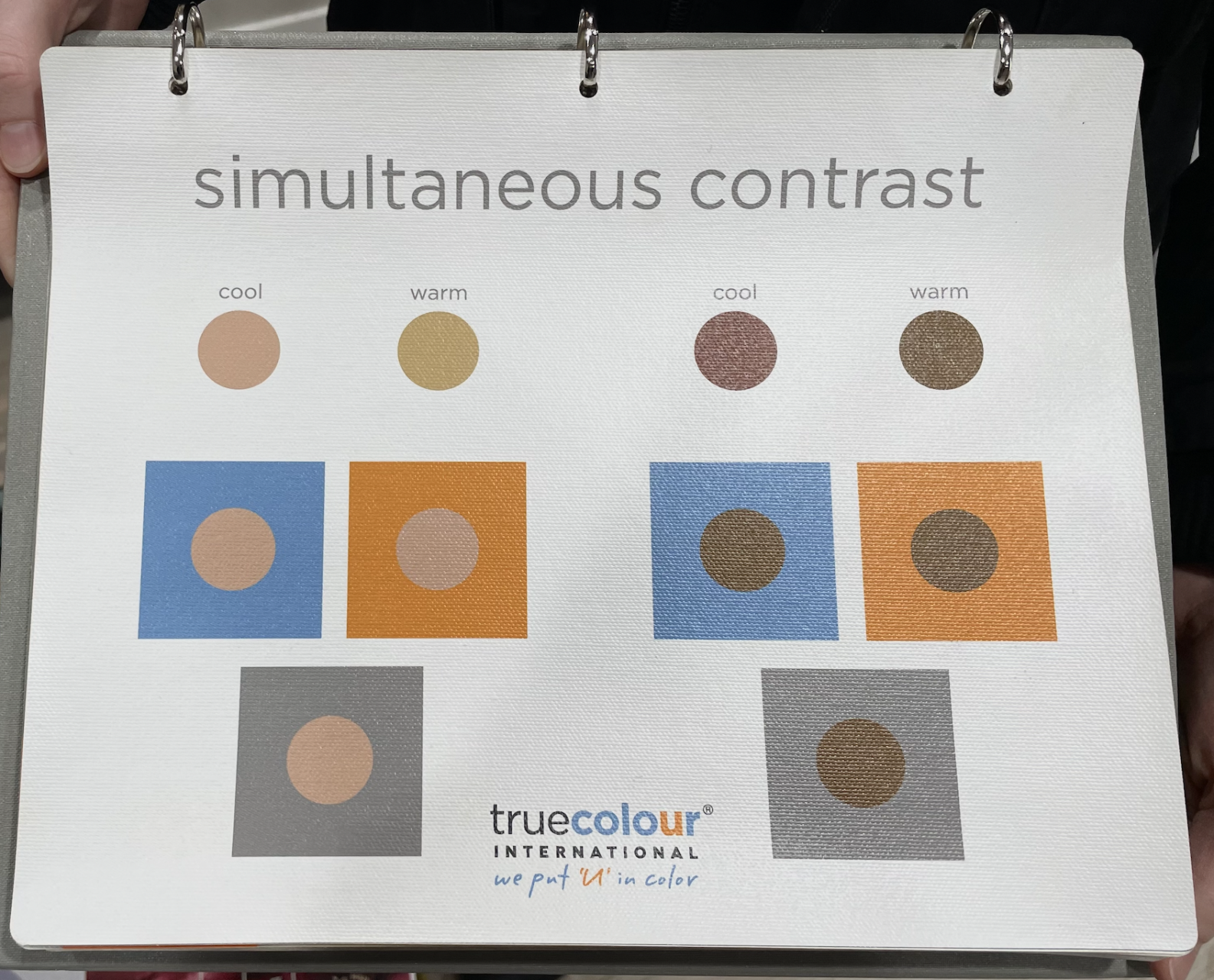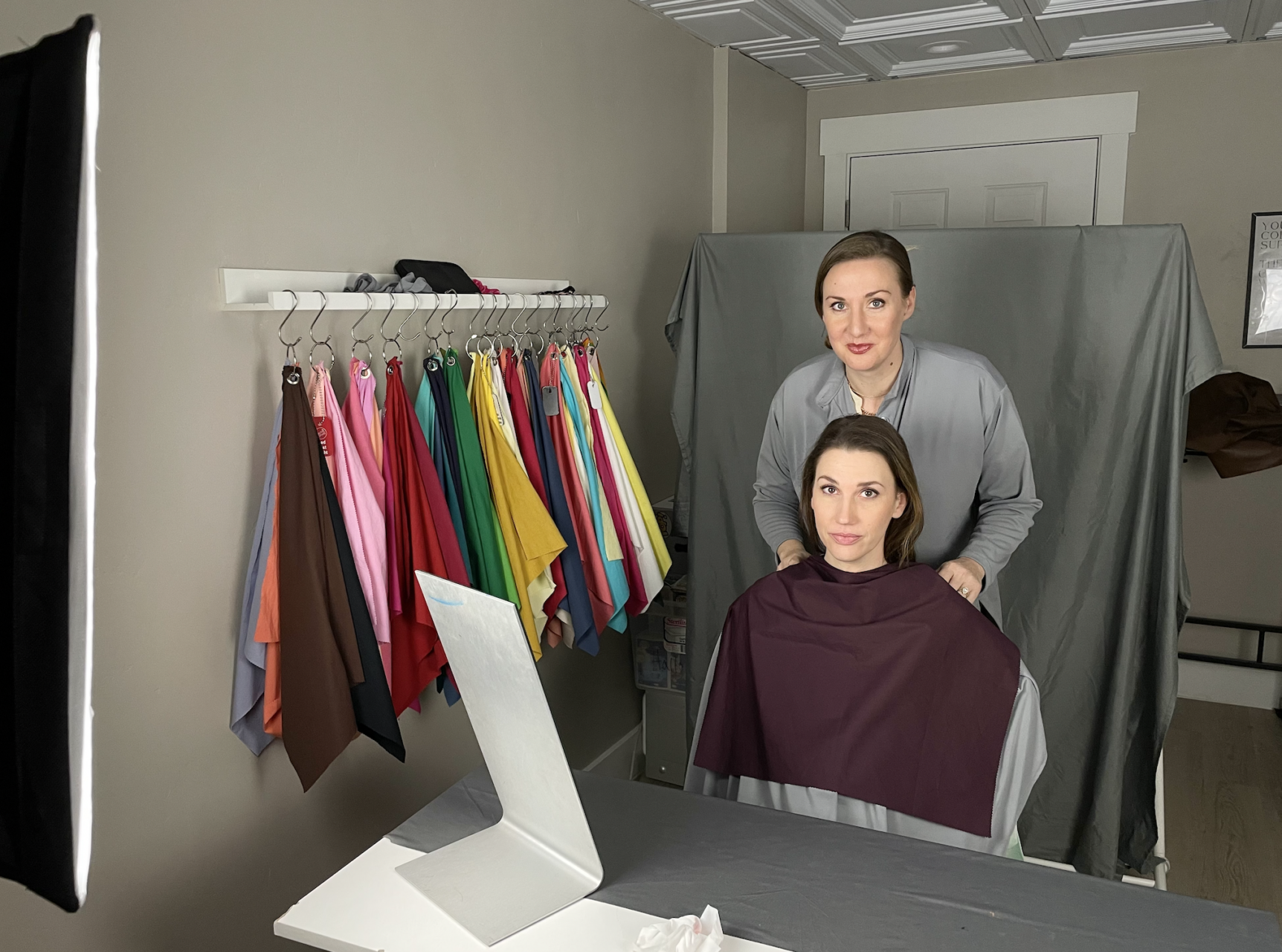
BYU alumna Meredith Villalba discussed the process behind analysis color theory, a recent trend that has gained traction on the social media platform TikTok.
Villalba is a personal color analyzer. She said analysis color theory is used to find the most harmonious of the 12 seasons of color with one natural coloring, such as one’s hair, skin and eyes.
Many students on campus, including Jesse Chou, had seen the trend of guessing which “season” one is but was unaware of what exactly deciphered the season.
(@tishmal via TikTok)
(@msfrizzleart via TikTok)
BYU student Sandy Huang had heard of personal color analysis gaining popularity throughout Korea and understood it as a process of draping to see which shades of colors are most flattering for a person to wear.
Meredith Villalba explains that the process begins by determining the three dimensions of color within one’s undertones. She said she starts with finding a hue that is either warm, cool or neutral, followed by a value scale that determines if one is best complimented by a lighter or darker palette. Finally, the third dimension is chroma, which is essentially how soft a color is depending on how gray it is.
The main step in the personal color analysis is a methodical draping process. “We go through a process of elimination and see how certain colors change you and we look for the colors that don’t change you, that is you, that harmonize with what you are already,” Villalba said.
The process can take anywhere from two to three hours and requires no makeup, natural hair coloring, full-spectrum lighting and a fully neutral background of gray, according to Villalba.



Villalba’s sister and assistant, Tara Kerr, explained brains do nog see colors by themselves, it sees them in comparison to other colors around them. Kerr explains the goal of draping is to find colors that look restful and are not fighting with one’s natural coloring.
“What harmonizes with the coloring that you already have is based on your hemoglobin and your melanin and your keratin that’s already built into your DNA,” Kerr said.
Villalba said that DNA contains pigment which uniquely creates one’s hue, value and chroma, ultimately impacting one’s skin tone, hair and eye coloring.
“God already painted you with a palette that’s specific for you and it’s perfect,” Villalba said.
BYU student Blaise Dobson recently had her personal color analysis done by Villalba after seeing the trend on TikTok. Dobson said knowing her personal colors has simplified finding clothing pieces and makeup that best flatter her and her skin tone.
Following Dobson’s analysis, she used her specific fan of colors given to her by Villalba to go through her closet and discarded uncomplimentary pieces. Even though it can be an expensive process, Dobson said she would recommend the process to everyone on campus.




